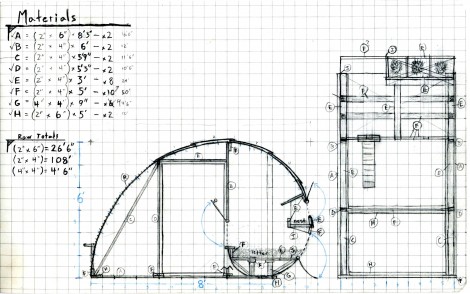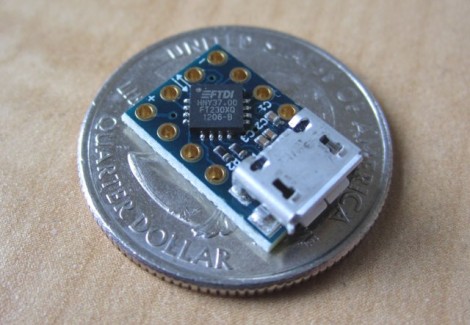
[Dave Borghuis] put together a quick video tour of the TkkrLab hackerspace in the Netherlands.
The tour stats off with the entry system. We looked in on this project at the end of last year. The space totals about 150 square meters (about 1600 square feet) divided into three rooms. There’s a ‘dirt’ room which houses some tools for woodworking and general fabrications. Another room is used for electronics prototyping, including a 3D printer and CNC mill. Finally there’s the large meeting room which acts a hang-out lounge to work on your projects, watch some movies, or hold events.
There are weekly meetings on Tuesday nights which are open to everyone. There’s also a range of classes given covering topics like learning Python, or an intro to Arduino.
We really enjoy seeing these tours. What are you waiting for? Send us a video tour of your own hackerspace!














Recent Comments